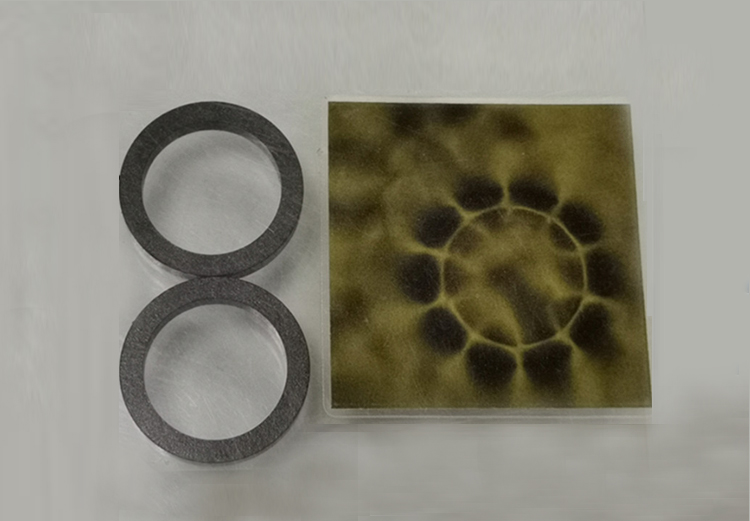The 10-pole ring magnet is a magnet with 10 poles arranged alternately north and south, which is commonly used in motors, generators, sensors, encoders, and other applications. The topic we talk about is also related to the 10-pole ring magnet: What is the installation angle of the Hall sensor on the 10-pole ring magnet?
The installation angle refers to the angle between the Hall sensor and the pole of the magnetic ring when the Hall sensor (Hall element) is installed on the ring magnet. In the case of the 10-pole magnetic ring Hall. Because there are 10 poles on the ring magnet, the installation Angle needs to be determined according to the specific application requirements and system design.
In general, the Hall sensor should match the position of the ring magnet pole to ensure that changes in the magnetic field can be accurately detected during rotation or motion. Therefore, for a 10-pole ring magnet Hall sensors, if comprehensive angle detection is to be achieved, the Hall sensor is usually installed at a location on the ring magnet corresponding to a uniform distribution of the 10 poles. In other words, the Hall sensor is installed on the ring magnet every 36 degrees, so that 360 degrees of rotation can be accurately detected.
We offer various sizes of axial or radial 10 pole ring Hall encoder ring magnets

In practical applications, the installation Angle may also be limited by the requirements of the specific application and the design of the system. For example, the Hall angle sensor used to obtain the front wheel steering angle of agricultural machinery is used to obtain the front wheel steering angle of agricultural machinery in real time to determine the automatic driving path of agricultural machinery. Hall angle sensor is usually installed at the front wheel steering knits of agricultural machinery, which is used to measure the front wheel rotation angle of agricultural machinery in real time, and provide corresponding angle parameters for planning the automatic driving path of automatic agricultural machinery equipment.
According to the working principle of the Hall angle sensor, it can be known that the Hall angle sensor measures the absolute angle, the measurement range is 0 to 360 degrees, and the Hall angle sensor will have a random and fixed installation angle bias when installed, called the installation bias angle, that is, when the front wheel of the agricultural machinery is aligned, The Hall angle sensor measures not an Angle of zero but a random and fixed bias angle.
The mounting angle may need to be adjusted if non-uniform angle detection or detection within a specific angle range is required. Therefore, when selecting and determining the installation angle of Hall sensor on the 10-pole magnetic ring, it is necessary to consider the specific application requirements and system design requirements.
The above is about the 10-pole ring magnet Hall installation Angle introduction, our company can supply a variety of materials of 10-pole ring magnets, such as sintered ferrite or neodymium magnet, injection ferrite magnet, bonded neodymium magnet. If you need samples and prices, you can contact us and provide your requirment.
Hall magnet related articles;
Which side of the magnet should be induced by the Hall sensor?
Sensing distance between Hall chip and magnet and magnet selection
Multipole magnet must be within two millimeters of the Hall sensor?
 China Neodymium And Ferrite Magnets Manufacturer & Supplier
China Neodymium And Ferrite Magnets Manufacturer & Supplier 


